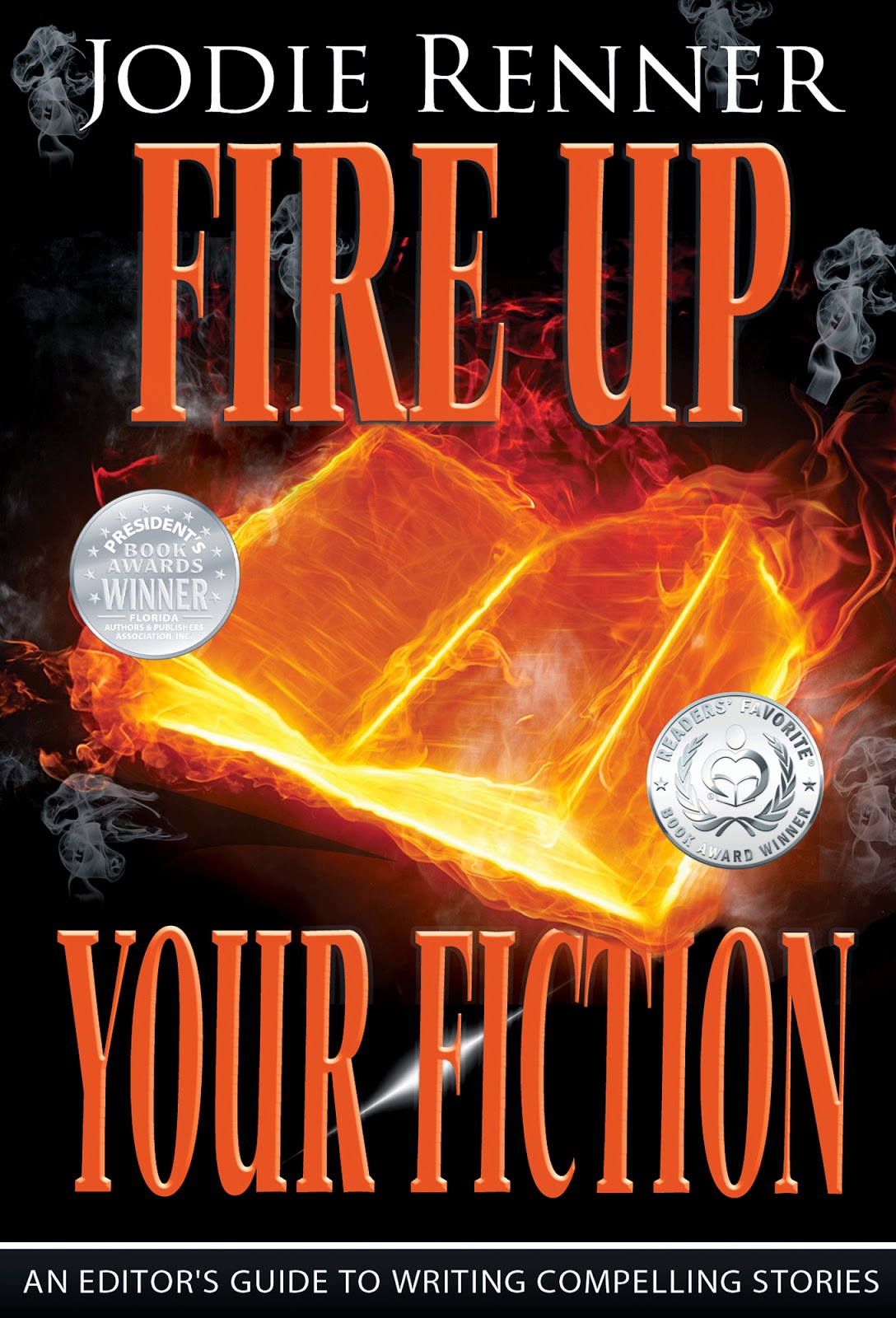I expect to get a few push backs on this post. Many writers use the “draft” process of editing their book after they get it written. They push to get a first draft done before they edit in several more drafts, but for me, I’ve never been able to do this. There’s a compulsive part of my nature that can’t let my own imperfections remain on the page until the end. If I know my book is riddled with my idiosyncrasies, it would haunt me too much, but that’s just me.
I do what I call “rolling edits” because I want to stay close to the action and character motivation at hand. I still get my daily word count in, but I read and reread my daily new material until I have nothing more to edit. In other words, if I write a chapter on one day, I edit it as I continue to move forward until I consider moving on.
Here’s my edit process:
1.) DELETE WITH A VENGEANCE – My first pass is always to delete and tighten each sentence. To help this process, I usually read aloud. Anything I stumble over gets a redo. I have a tendency to use compound sentences, so I make sure not to have dangling participles or long sentences that are hard to follow. I have a two comma rule. Any sentence that needs more than two commas, should probably be broken apart.
2.) LOOK FOR REPETITION (MORE DELETES) – I look for overused words, redundant wording, repeated phrases or “crutch” words that I fall back on too often. This can change from book to book and each author will have their own verbal handicaps.
3.) ADD EMOTIONAL LAYERING – Every scene has an emotional component to it. I push to add more emotion, even if it seems over the top. In fiction, this works because stories are about triggering emotions that the reader can relate to. If the scene is action packed, I’m looking for those delectable word choices to support the action or short viscerally descriptive sentences that will make the thrill palpable to the reader.
4.) REVISE THE DIALOGUE – I read the scene dialogue (without the narratives) to see if I can imagine the characters in my head and hear their voices. If there is humor in the scene, I work to punch it up or improve the timing (usually by deleting). If there is menace in the exchange, I ramp up the threat.
5.) EDIT THE BODY LANGUAGE – I often add body language in each scene as if I am watching a movie, but books aren’t that visual and I can sometimes overdo certain “crutch” reactions, like too many shrugs or nods. Again this is another opportunity to delete usually and it’s worth having a step to look for this.
6.) SPOT CHECK CHARACTER MOTIVATION – Do the characters’ reactions ring true? What if one of them reacted differently, how would that change my scene. I test my character motivation while I am “in” the scene to make sure it feels authentic. As I go through the book and stay close to each character’s story arc, I want the ability to “feel” a different outcome or twist as it is occurring, rather than waiting until the end to realize I like a different turn to happen and have to rewrite major sections.
7.) LAYER IN SETTING – I like to make sure my setting enhances each scene to infuse the action with a setting that is almost like another character. I love writing stories with a strong sense of world building, to make the reader feel as if they can walk the same streets that my characters do, with all their senses.
8.) REMEMBER THE INTIMACY – If my characters have a spark of attraction (that can have it’s own story arc), there is nothing more titillating than mounting intimacy. A glance, a first touch, can be drawn out so the reader feels everything. This can be construed as #3 (adding emotional layering), but for me, a growing romance should carry its own importance. If you can strip out the romance of a story, and the book no longer makes sense, then you have the right balance. This means that the romance is integral. The lovers are “punished” for wanting to be together and they get into more trouble because of it.
ROLLING PROCESS:
As I’ve mentioned, I keep writing my daily word goals, but continue to edit prior scenes (usually a chapter or two previously written) until I’m content to move on. Because I’m old school, I kill a lot of trees by printing out my edit pages and making notes in the margins. Every night I read what I’ve written before I go to bed. My reward is to get my own work done first before I treat myself to reading someone else’s book. The next morning, I make the changes.
By the time I get to the end, my novel is fully edited by me. I usually make one or two more passes through, to read it as a reader might. But most of the major edits are done. When I’m done, I’m done.
I set my daily word count, depending on the contractual due date. The usual range can be 2500-5000 words per day. My advice to other writers, on setting word count goals, is to take into account your priorities and set realistic goals. Even if you can only squeeze in a page a day, that is still progress and you will eventually get done.
DISCUSSION:
1.) How many of you do something similar? Anything you would add to my list?
2.) If you edit in drafts, what tips do you have to make this draft process more effective?












